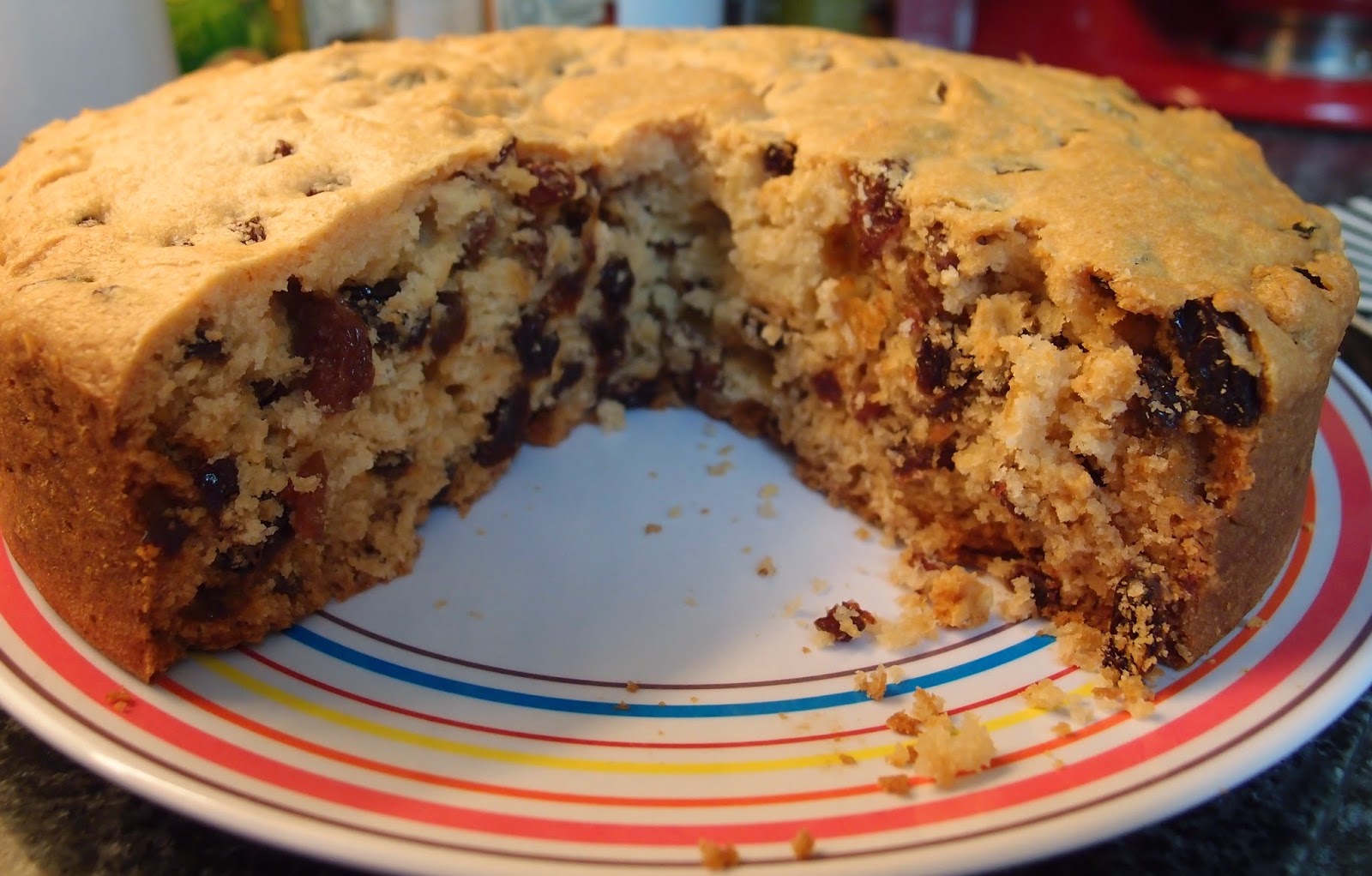These delicious truffles could not be simpler to make but they do require a bit of planning as the ganache needs time to chill properly in the fridge. I was inspired to make these after Mr CC and I were served them with our tea/coffee at the end of very nice dinner to celebrate Mr CC’s birthday.
The ones we were served in the restaurant had been rolled in
cocoa powder, which I’m not a fan of in its raw form, so I used digestive
crumbs instead. Curses! I am typing this post at mid point in the
process – my ganache is cooling in the fridge.
Unusually, Mr CC is sitting next to me while I’m typing and has noticed
that I’ve chosen not to roll them in cocoa....long story short, half will now
be in biscuit crumbs, half in cocoa!
I have noticed a curious thing about digestive biscuits:
when I buy them to put in my biscuit tin and wish them to stay whole I will
open the packet and find several broken, even though I have carefully laid them
in the top of one of my bags of shopping and treated them as though they were
made of glass. When I buy digestive
biscuits to turn into a cheesecake base or any other recipe that involves
smashing them into crumbs I will casually toss them into any of my bags of
shopping – in with the potatoes and milk?
Why not? They will be doing the work for me! – and they will come home
with not so much as a crumb chipped away.
Peanut butter and chocolate is a lovely combination for anyone who enjoys that salty/sweet flavour mix. I challenge anyone to stop at one truffle! I tried cutting one in half to try and convey the rich, dense texture but it looked a bit crumbly because I cut it straight from the fridge thinking it would give a cleaner cut. Moral of this story? When in doubt, bite it in half:
Ganache making is a wonderful process; I never quite trust that the chocolate will mix in but it’s wonderful how it does!
I used a small melon baller to scoop the ganache into individual truffles. You can tidy the balls up by rolling them in your hands but don’t waste a lot of time on this because, once they are rolled in cocoa or crumbs they look smooth and round anyway. I made mine quite small – I like a truffle that you pop into your mouth whole and treat like a shot! This mixture made me over 60 truffles....hurray! Don't limit yourself to serving them as chocolates - how about using them as decadent cupcake toppers, or cheesecake decorations....in fact, any chocolate dessert?
Ingredients
300ml double cream
6-8 tablespoons smooth peanut butter – depending how peanutty you want it
200g dark chocolate, broken into squares
100g milk chocolate, broken into squares
8 digestive biscuits
6 tablespoons cocoa powder, you may need more
6-8 tablespoons smooth peanut butter – depending how peanutty you want it
200g dark chocolate, broken into squares
100g milk chocolate, broken into squares
8 digestive biscuits
6 tablespoons cocoa powder, you may need more
Method
Place the cream and peanut butter in a saucepan and bring
slowly to the boil.
Remove from the heat and add both the dark and milk
chocolate.
Leave to stand for a couple of minutes before gently
stirring to combine into a thick, glossy ganache.
Pour into a heat proof dish and leave to cool before
refrigerating until set (at least 4 hours – I left it overnight).
Blitz the digestive biscuits to crumbs either in the food
processor or by placing in a bag and bashing with a rolling pin.
Take a melon baller scoop (or a teaspoon if you don’t have a melon baller) of
ganache and roll into a ball.
Repeat until all the ganache is used up. If the ganache in the dish or the rolled
balls start to get too soft return to the fridge for 10 minutes before
resuming.
When all the balls are rolled, roll them individually in the
biscuit crumbs or the cocoa powder.
Place in a petit four paper case and refrigerate until you
wish to serve. I got over 60
truffles...which made me very popular with everyone!
Bask in the glory of the wonderful thing you have created.
Eat.




























